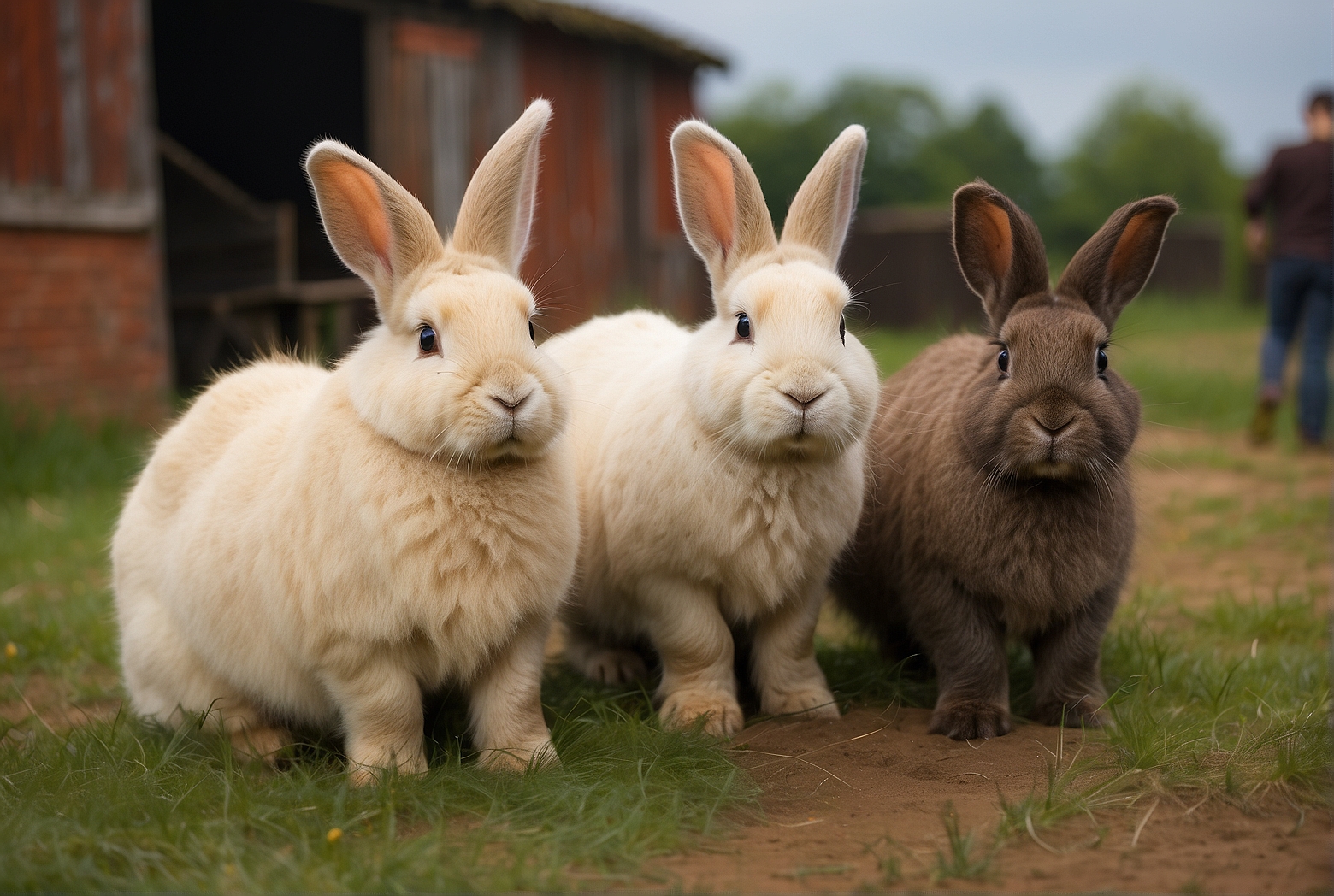Once upon a time, centuries ago, in a land far away, the beloved Holland Lop rabbits were born. These irresistible creatures with their signature drooping ears originated in the enchanting country of the Netherlands. With a rich history dating back to the 1950s, Holland Lops were selectively bred to combine the endearing dwarf size of the Netherland Dwarf with the floppy ears of the French Lop. And so, the delightful Holland Lops came into existence, capturing the hearts of bunny enthusiasts around the world with their adorable looks and friendly personalities.
Origins of Holland Lops
Holland Lops, one of the most popular and beloved rabbit breeds today, have an interesting history that can be traced back to The Netherlands. These adorable and compact rabbits have won the hearts of many enthusiasts all over the world, but have you ever wondered where they come from? In this article, we will explore the origins of Holland Lops, diving into the rich history of The Netherlands and its agricultural background, as well as the factors that led to the selection and naming of this charming breed.
The Netherlands
Location and Climate
The Netherlands, also known as Holland, is a country located in Northwestern Europe. Situated along the coast of the North Sea, it is bordered by Germany to the east and Belgium to the south. The country’s unique geographical position plays a significant role in its moderate climate, which has shaped its agricultural history and, ultimately, the development of the Holland Lop breed.
Agricultural Background
Agriculture has been of great historical importance to the people of The Netherlands. The favorable climate and fertile soil have allowed for the cultivation of crops and the growth of a thriving agricultural sector. Throughout centuries, the Dutch have honed their agricultural skills and knowledge, diversifying their focus to include livestock breeding, including rabbits.
Moderate Climate
Influences on Agriculture
The moderate climate of The Netherlands has had a profound impact on its agricultural practices. The consistent temperature range, with mild summers and winters, creates an ideal environment for various agricultural endeavors. The temperate weather allows for a longer growing season, ensuring bountiful harvests and ample grazing opportunities for livestock.
Suitability for Rabbit Farming
The moderate climate of The Netherlands has also proven to be highly suitable for rabbit farming. Unlike extreme climates found in certain regions of the world, the Netherlands’ temperate weather ensures that rabbits face less stress due to temperature fluctuations. Additionally, the mild winters make it easier to raise rabbits comfortably throughout the year, further supporting the development of rabbit breeding in the country.
Historical Importance of Agriculture
Cultivation of Crops
Throughout history, agriculture has played a pivotal role in the Dutch economy. The Dutch people have mastered the cultivation of various crops, including traditional ones such as wheat, barley, and oats. The fertile soil, combined with advanced farming techniques, allowed the Dutch to thrive in the agricultural sector and secure their position as one of the world’s major exporters of agricultural products.
Role in Economy
Agriculture in The Netherlands has not only shaped the nation’s landscape but also its economy. The agricultural sector has been a vital contributor to the country’s economic growth, providing employment opportunities and fostering trade relationships with other nations. The Dutch have built a reputation for their high-quality agricultural products, exporting a wide range of goods globally, further enhancing their economic stability.
Cultivation of Crops
Traditional Crops
The fertile lands of The Netherlands have historically been used for the cultivation of various crops. Wheat, barley, oats, and rye were among the traditional crops that flourished in this agriculturally rich country. The farmers’ dedication and expertise in cultivating these crops laid the foundation for the prosperous agricultural industry that followed.
Development of Horticulture
In addition to traditional crops, the Dutch have also excelled in horticulture. The favorable climate, combined with innovative techniques and advanced greenhouse systems, allowed for the cultivation of flowers, fruits, and vegetables. The Dutch horticultural practices gained global recognition, making the country a significant contributor to the international floral market.
Naming the Breed
Associating with the Country
Given the historical importance of agriculture in The Netherlands and the country’s reputation for excellence in farming, it is no surprise that the Holland Lop breed became associated with the nation. The breed’s compact size, adorable appearance, and delightful personality captured the hearts of rabbit enthusiasts worldwide, cementing the name “Holland” with the breed.
Selection of ‘Holland Lop’
Out of the various breeds developed in The Netherlands, the name “Holland Lop” was chosen to represent this small and floppy-eared rabbit breed. The name perfectly encapsulates the country of origin, which holds a rich agricultural heritage and a long-standing tradition of breeding high-quality livestock. The “Lop” in the name refers to the characteristic lop ears that these rabbits possess, adding a touch of uniqueness and charm to their overall appeal.
In conclusion, the origins of Holland Lops can be traced back to The Netherlands, a country with a deep agricultural history and a favorable climate for farming. The moderate climate, fertile lands, and centuries of agricultural expertise have laid the groundwork for the development of this lovable breed. The association of the breed with the country and the selection of the name “Holland Lop” further solidify its connection to the nation’s agricultural heritage. So the next time you see a cute and cuddly Holland Lop, you can appreciate their roots and the rich history that brought them into our lives.
